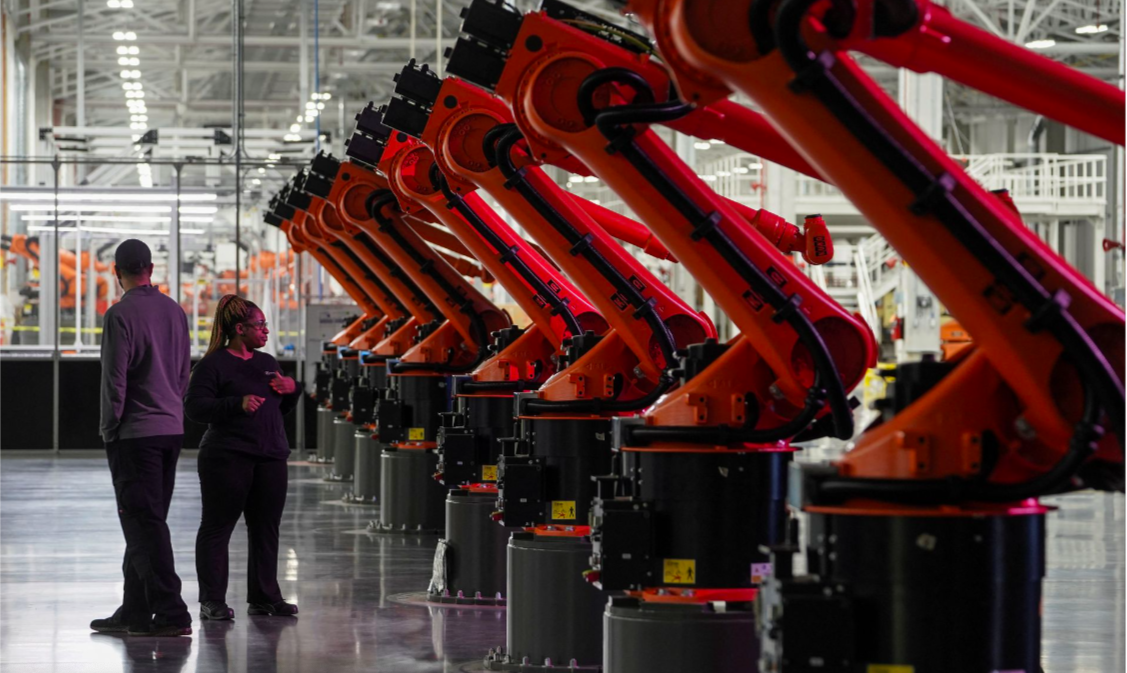By Timothy Aeppel
Feb 10 (Reuters) – North American companies struggling to hire workers in the tightest labor market in decades brought on more robots last year than ever before, with many earmarked for new electric vehicle and battery factories under construction.
Demand for robots appears to have slackened near the end of the year, though, raising questions about how strong 2023 will be in the face of shifting household consumption patterns and the rising interest rates engineered by central bankers to bring high inflation under control.
The “labor shortage doesn’t seem to be letting up,” said Jeff Burnstein, president of A3. Many companies, scrambling to find workers amid the lowest U.S. unemployment rate since 1969, see automation as a quick fix.
A shift away from pandemic-era consumer behavior likely played a role in the orders drop-off in some segments, he added. “You saw companies like Amazon put a pause on building new warehouses, which means they probably canceled or delayed purchases of new automation.”

AUTO SECTOR DRIVES DEMAND
More than half of last year’s orders came from automakers and their suppliers – a group that has long led the way in automation of U.S. factories.
New plants for electric vehicles, batteries and battery recycling have been announced since the beginning of 2021 at a cost of $160 billion, according to Atlas Public Policy, a U.S.-based research group working with automakers and environmental groups.
Most robots ordered last year will be used for material handling – an expansive category that includes all types of movement and handling of goods inside factories and warehouses.
Closure Systems International Inc’s sprawling plant in Crawfordsville, Indiana, for instance, recently automated the job of packing and sealing boxes at the end of the assembly line. The company produces closures used for things like soda bottles and food packages.
Next up are “auditor” jobs. Machines in the Crawfordsville plant spit out new caps faster than a machine gun, so workers called auditors currently sit in small booths along the line, constantly checking that specifications are met.
Brad Bennett, the company’s senior vice president of global operations, said small robots will soon be installed in the booths to do the inspection work. “We won’t have to reduce people,” he said. Those workers will move to other tasks.
The new machines will help avoid what happened during the pandemic, he said. “During COVID, we were literally running with 30% of the plant down because we couldn’t get a $15-an-hour guy to show up.”











